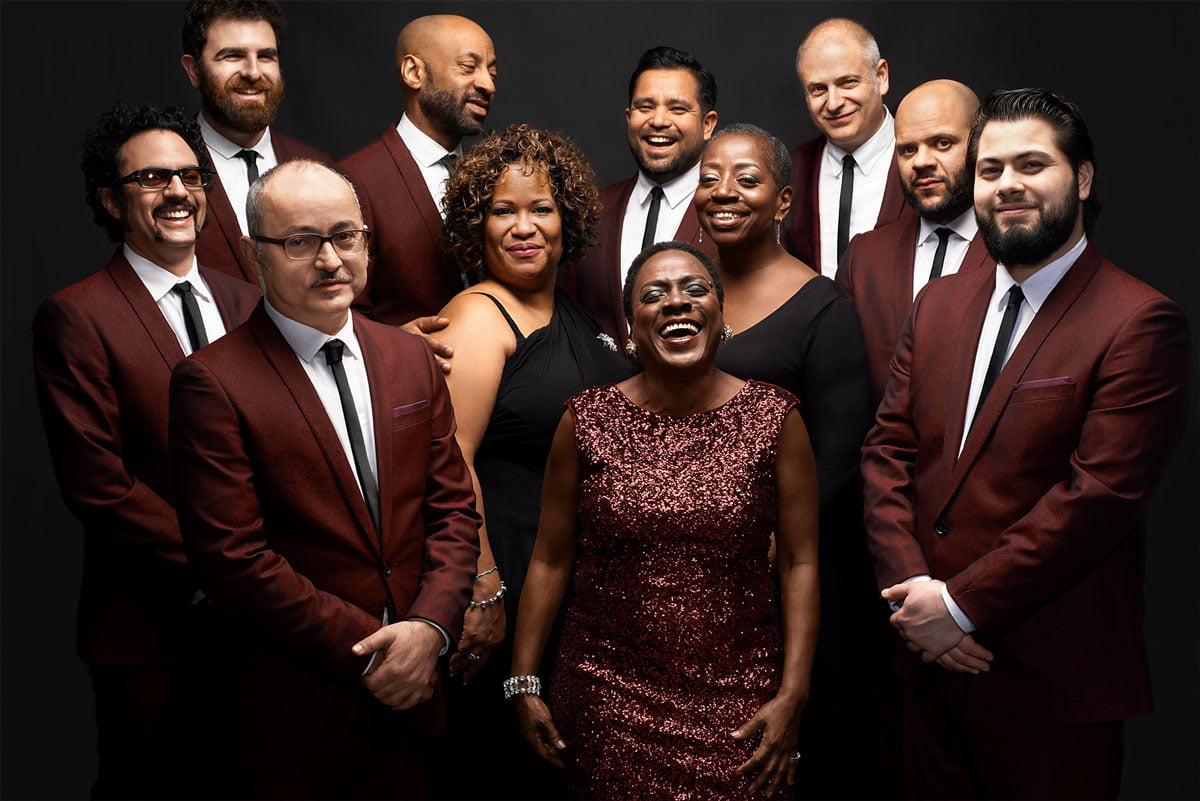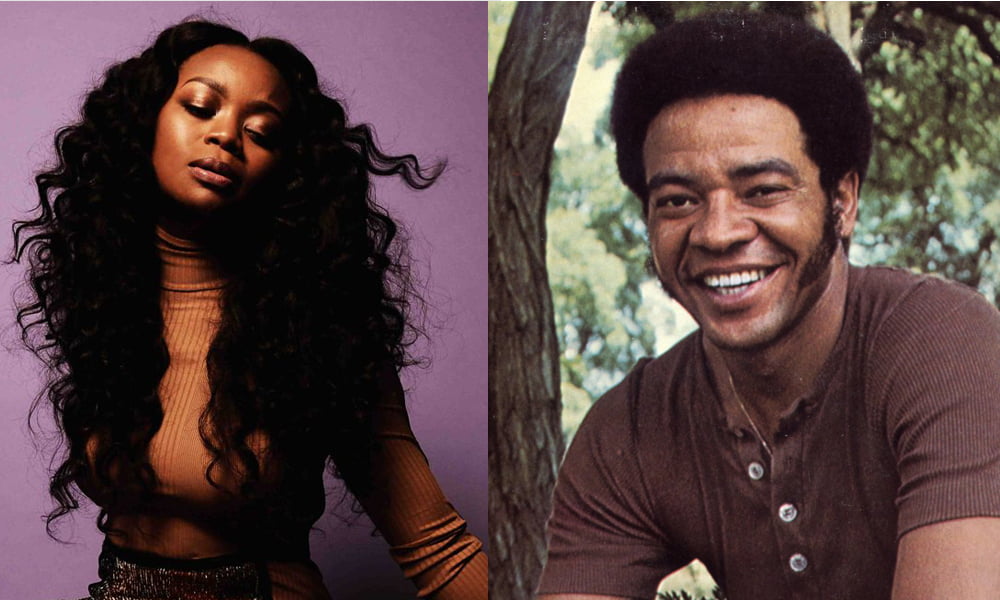Specializing in gritty, stomping R&B jams reminiscent of Stax and Hi Records, Scott Bomar has become synonymous with the revitalized Memphis sound — the guy you call if you want to sound like 1967 by way of 2017. For him, the sweet soul music that put the Bluff City on the map is a kind of American roots music, as traditional and as important as folk or bluegrass.
He’s been a local fixture for two decades now, first in a raft of local bands, including surf-rock greats Impala, and later working with local film director Craig Brewer on Hustle & Flow and Black Snake Moan. He played bass for such local legends as Carla Thomas, Eddie Floyd, and William Bell. Eventually, he opened his own studio, Electraphonic Recording, in downtown Memphis, where he has recorded records with the Bo-Keys (featuring Stax alumni), the City Champs, and Cyndi Lauper. More recently, he co-helmed the new album by Hi Records songwriter Don Bryant, most famous for “I Can’t Stand the Rain,” a 1973 hit for his wife Ann Peebles.
An expert on local music, he’s not beholden to Memphis history or any soul revival trend. “I’m definitely not interested in re-creating the past,” he says. “I’m influenced by it, but I’m not looking to completely replicate something. I like doing new songs.”
How did you get into producing?
I’ve always lived in Memphis. I’m a lifelong Memphian. There’s just music everywhere here. You can’t go anywhere and not hear music — whether it’s blues, soul, rockabilly, country, gospel, jazz. It’s everywhere. When I was really young, I would hear songs on AM radio. This would have been the late ‘70s or early ‘80s, and there was a country station called WMC 79 that would play the latest country songs with some Sun Records and ‘50s hits mixed in. There was something about that Sun stuff. I didn’t know it was made in Memphis, at the time, but when I would hear Elvis or Jerry Lee or Charlie Rich, that music just jumped out of the speakers. The same goes for stuff like “Soul Finger” by the Bar-Kays and “Knock on Wood” by Eddie Floyd and “Green Onions” by Booker T & the MGs.
I asked my mother and she knew a little bit about Stax Records, and she would tell me, “Oh yeah, that was recorded here.” My dad was a little older. He grew up in the rockabilly era, so he knew about the Sun stuff. It connected the dots in music and, when I as in high school, friends of mine would go down to Mississippi to Junior Kimbrough’s juke joint. I started going to blues festivals and was exposed to all the North Mississippi stuff like R.L. Burnside and Frank Frost & the Jelly Roll Kings. Albert King was still playing back then. I started playing in bands and we would be recording in these studios where I would encounter the ghosts of this past Memphis musical history. I started meeting people and connecting more dots and getting really passionate about local music. There would be certain artists and I would think, “Why has no one made a record with this artist? Why hasn’t anybody brought this artist to Memphis to do a show?” I was producing live concerts — not on a big scale, but on a smaller scale — and that led to me producing records.
Does that give you a chance to work at studios around town?
I’ve had the good fortune to get to work with some really great producers and engineers in Memphis. I worked over at Royal with Willie Mitchell. I did some records at Sam Phillips Studio with Roland Janes. One of the first places I ever worked was Easley Recording with Doug Easley. I just picked up a little bit from everybody. I’ve never worked at Sun, but I’ve recorded there. I’ve done a lot of work over at Ardent over the years. I’ve worked at all of them in one way or another, and I still work at all of them, even though I have my own studio. I still do like to do things at other places. I work everywhere.
Tell me about the Don Bryant record. He seems like such an interesting story: someone who had a lot of success in the ‘70s, then took nearly four decades to really establish himself as a solo artist.
Don was a little nervous about it. There are a lot of artists who’ve spent decades on the road singing in smoky clubs, and they’ve blown their voices. But Don hasn’t. He hasn’t lost anything. He sang in the ‘50s and ‘60s, but after that, he was primarily doing songwriting and singing in church, so his voice is very well-preserved. But he was a little nervous about making a record. I was like, “Man, you just don’t realize how great you sound.” After we recorded the first song for the record, we played it back for him and he was, “Okay, I’m good. I got this.”
Bruce Watson from Fat Possum and I produced that record together. I’m a big fan of the records he did with R.L. Burnside, Junior Kimbrough, and T Model Ford. Those records were big influences on me. He definitely pushed the project and the aesthetic in some directions that maybe I wouldn’t have gone down myself, but it was always comfortable. It was great having another set of ears on that project, which is similar to other records I’ve done, like the Bo-Keys, but those are usually just me doing all of the production. It was nice to have someone else to bounce things off of.
So you’re the sole producer on most of your projects.
That’s true. And, quite often, I’m not even working with a label. Usually, the artist has done a crowd-funding thing or the artist has their own label, so there’s not that third party with an investment and an opinion. I know a lot of people — and probably a lot of producers — complain about labels, but my experience, for the most part, is that it’s helpful having an outside voice to keep everybody focused. When everybody’s on the same page, it’s a beautiful thing.
If you look at the golden era of record-making, one of the things that made it so great was how collaborative the process was and how many people were involved. You had a team of people: songwriters, arrangers, producers, A&R people. For my records, I like to have a team of people. Mark Franklin has been a constant collaborator. He plays trumpet in the Bo-Keys, but he’s also a great arranger. He does a lot of the arranging work on the records that I do. I tend to use a lot of the same musicians, although it varies a little bit from project to project. We’ve all worked together enough that we know each other really well and get some good work done.
What does the process look like on the front end? What kinds of conversations are you having with artists before you even get into the studio?
The first thing is, I listen to the kinds of records the artist really wants to make. That’s the first conversation, the artist telling me, “This is where I am in my career. This is what my last record was, and now I want to make a record that does this and sounds like this.” I listen to what their goals are and, if there’s a label involved, I talk to them and see what they’re looking for. And then I’m listening to the material the artist already has — the songs they have written so far. Maybe they have all their songs together, but sometimes they’re not 100 percent there with some of them. So I’ll bring in some other songwriters, if that’s needed. But most of the early stages are about figuring out what the record’s going to sound like.
How does that inform the sessions?
I like the artist to be as comfortable as possible. That’s always my goal. I don’t know that all producers agree with me there. I think some producers try to make the artist uncomfortable and think they’ll get something different or new. But I like the artist to be comfortable, so when they come in the studio, they’re not distracted by anything. The only thing on their mind is making the record. There’s no stress. The less you’re thinking about the outside world the better.
That’s the beauty of the recording studio: it’s the one place where time seems to stand still. It’s probably why I like it so much and why I spend so much time in the studio. I get lost in it, and it’s a whole other world to me when I’m in there. Most of the artists I work with, I think they feel that, too. Of course you don’t want to waste time, either. I’ve worked at a lot of different studios, but when people come to Electraphonic to record, they talk about how comfortable it feels. It’s not a fancy studio, but it’s got good energy.
You’re in a neighborhood in Memphis that has a lot of history, as well.
I’ve been down here nearly 10 years. It’s really changed. It was the same for a long time, but the past year, it’s changed more than ever. It’s getting a lot more developed, so now there are a million bars and restaurants that people can walk to from the studio, which is really nice. Before, I was on the far end of it. It was more of an industrial area. You could go up a little bit and be at Ernestine & Hazel’s or the Arcade, but where I am, it’s more industrial. Most of the businesses down here are open during the day, but when it’s closing time, it’s been kind of a ghost town. Not anymore. There’s a brewery next to the studio now. There’s a new bar across the street.
You obviously produce a lot of artists who come from Memphis, but you seem to work with some who come to Memphis wanting that Memphis sound, like Cyndi Lauper.
Well, I enjoy working with artists no matter where they’re from, but I’d say more than half of the work I do is with artists from outside Memphis. They’ll hear something I’ve done, get interested in that sound, and reach out to me. That’s always fun to do that because you get to see your town and its music through someone else’s eyes, which always gives you a fresh perspective. You’re kind of like a tour guide through this musical world. And the artists always leave happy.
Memphis Blues, the Cyndi Lauper record, was definitely one of the most memorable projects I’ve ever worked on and I believe I’ll ever work on. It’s pretty amazing all the guests we had on that record. We were making the record on my one-inch eight-track tape machine. My goal was to keep it on tape the entire time and not have to ever hit the computer. Another thing I remember when we were working out the details of that record, I said that, if you want to make a record with guests on it, they should come to us and perform live with you. It shouldn’t be one of these albums where you’re emailing session files and all over the world for people to paste their parts on. It would feel like it’s pasted on. Everyday it was another new and amazing artist coming in. Ann Peebles came in. Kenny Brown, who played guitar with R.L. Burnside, came in. It was magic hearing Allen Toussaint play piano in the studio. B.B. King was the only artist who didn’t come into the studio. I had to go to him to get the performance.
There were several Memphis records by established artists that came out around the same time, but Memphis Blues stood out because it really knew its history. It wasn’t just painted on.
We spent an extraordinary amount of time on pre-production for that record. I can’t remember how many songs were on that record — 10 or 12, I don’t remember. But she and I probably went through 75 to 100 songs. She spent a tremendous amount of time on research. She really put her time in and didn’t do anything halfway. We worked well because of that.
How is that process different when you’re working with somebody like the City Champs or the Bo-Keys?
It’s actually a very similar process. I go through a lot of material, and we collectively decide on the best material for the project, and then come up with a plan to execute the material. Maybe “execute” isn’t the right word. “Record” might be better, although some people might say I execute it. It’s all about coming up with the best approach and getting the best musicians for the material. That’s another big part of it, just listening to the songs and figuring out which guitar player or which keyboard player would be good.
I have the good fortune to work with some great horn players. I mentioned Mark Franklin earlier. On the Don Bryant record, it was Kirk Smothers along with Art Edmundson playing the saxophone, tenor or baritone depending on the song. They’re both in the Greg Allman Band and have played with Bobby Blue Bland. Kirk has played with everybody, you name it — Ike Turner, even Don Rickles. They’re great players, so you really have to go out of your way to mess up recording them. Typically, I’ll record the horns with one microphone. I know some engineers use multiple mics, but I learned how to record horns from Willie Mitchell and I still do it that way.
How important is gear to capturing that Memphis sound? Could you get that particular feel on a computer?
For me, it’s a big part of it. Over the years, I’ve studied the recordings I really like, how they were made and what kind of equipment they were using, what kind of mics and how they were doing reverb and all those things. And I’ve put together a collection of equipment that I think of as my paintbrushes — a palette of certain things that I know I can go to and get a certain sound out of. I work at a lot of other studios, but I know my own equipment so well. I have that one-inch eight-track that definitely has a particular sound. It’s the same model that Stax was using. Muscle Shoals Sound had one. FAME had one. American Studios had one. It’s the quintessential 1967 to 1970 tape machine, which is my favorite era of recorded music.
That format really forces you to work in a certain way. When you only have eight tracks, you have to arrange your song before you record it. You have to to know what you’re going to do before you do it. It changes the process a little bit, but I think that’s why the older records sound so good: They spent a long time working on the music. Along with the sound of the machine, those limitations are a big part of the records I’ve done.
You’ve worked with a good mix of artists, as well — veterans as well as new artists.
I like doing both. It’s funny: You would think that there would be a big difference between the two. But they’re really similar. The younger artists, they’ve never done this before, but they have a lot of passion and are ready to make their mark on the world. The artists who’ve had a career, they feel the same way. They’ve done good stuff in the past but are ready to show people they still have it. Wherever they are in their career, a good artist is always looking to prove a point.
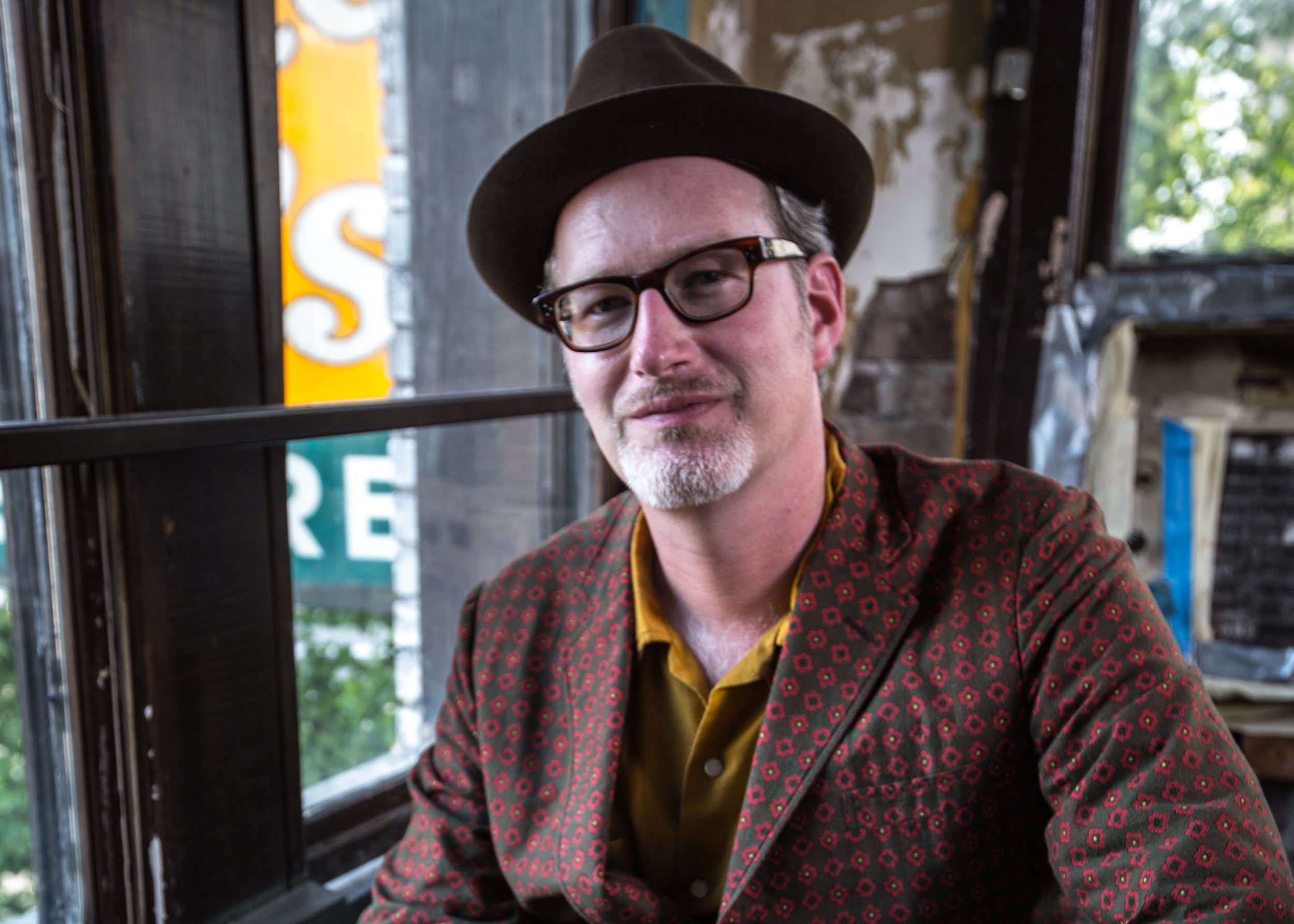
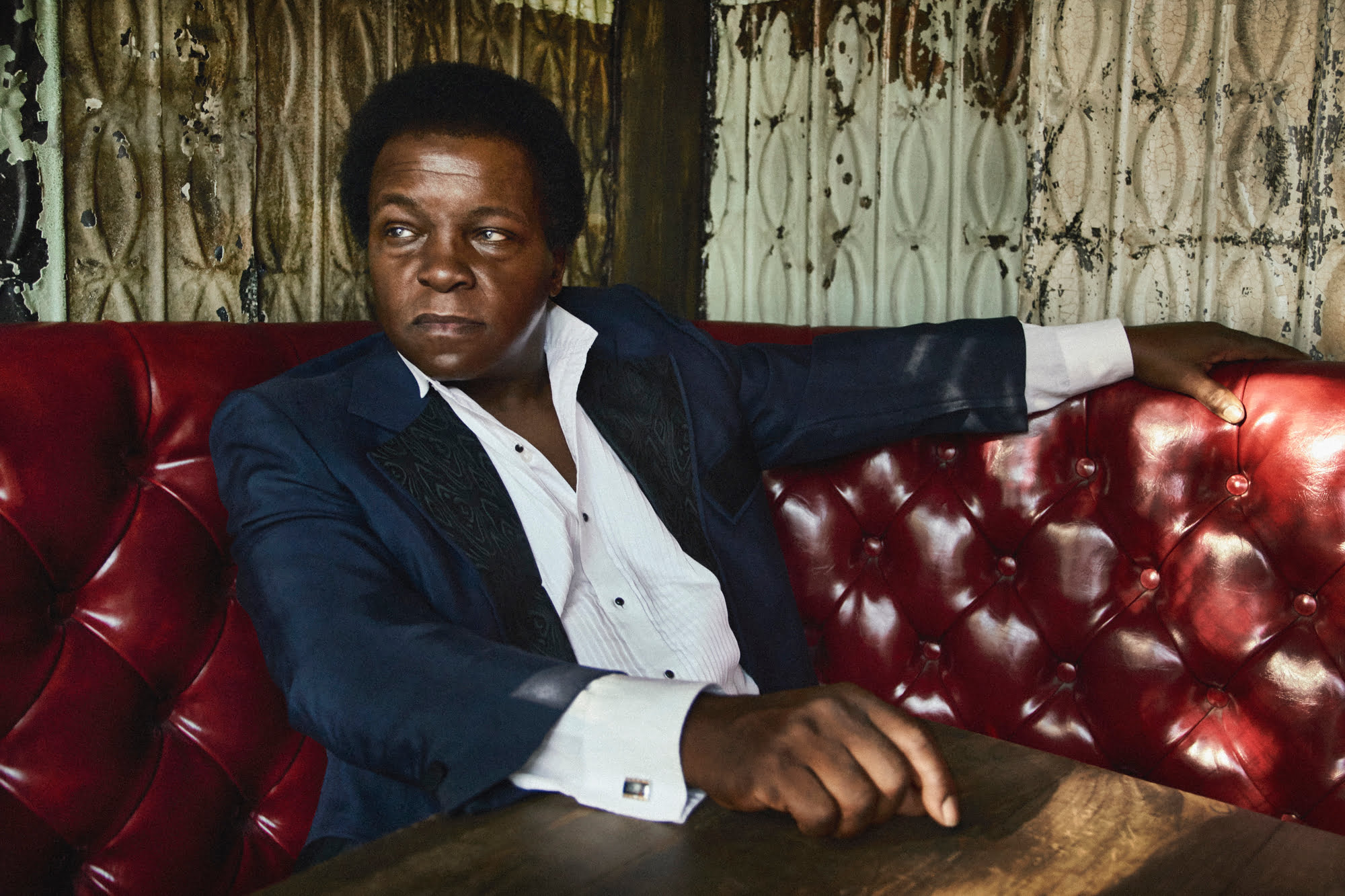
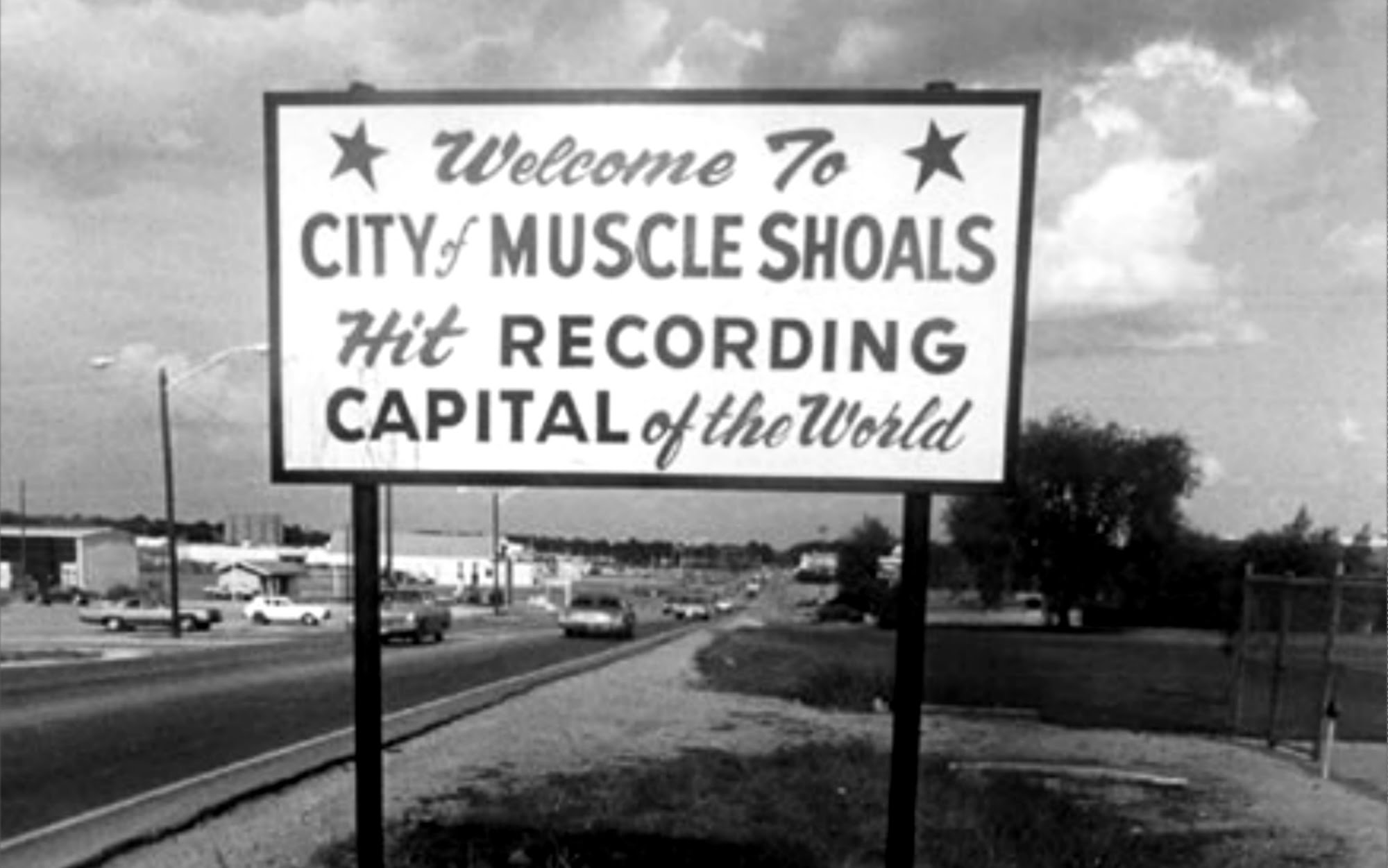
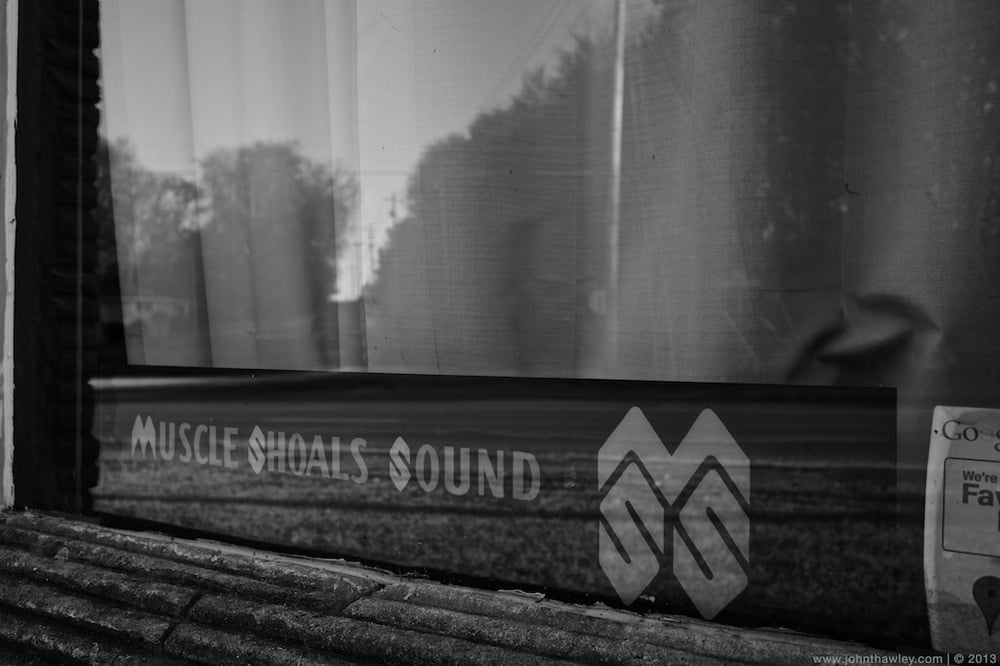
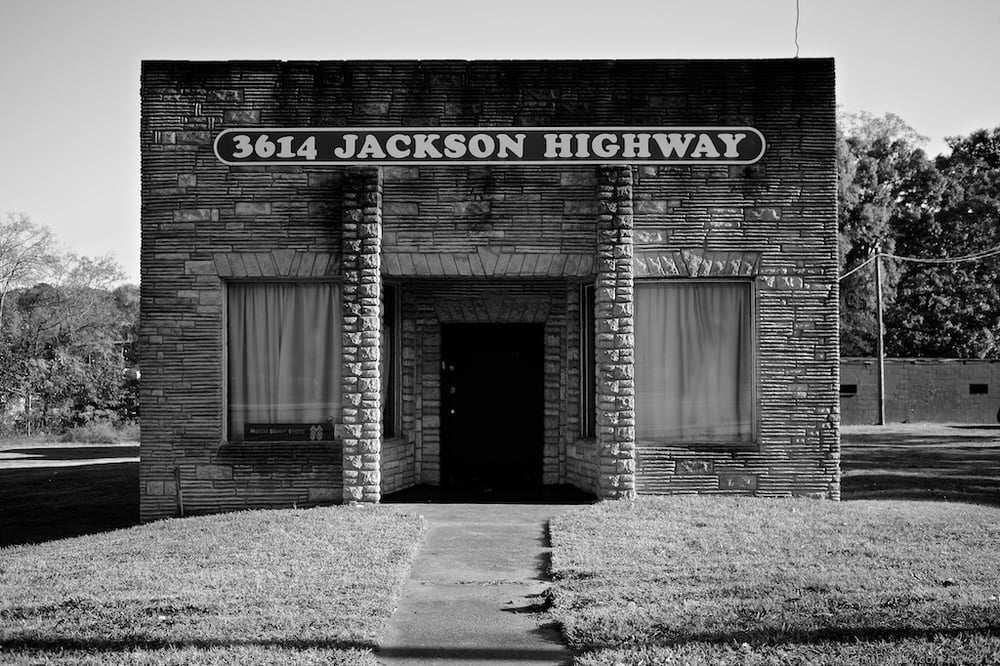
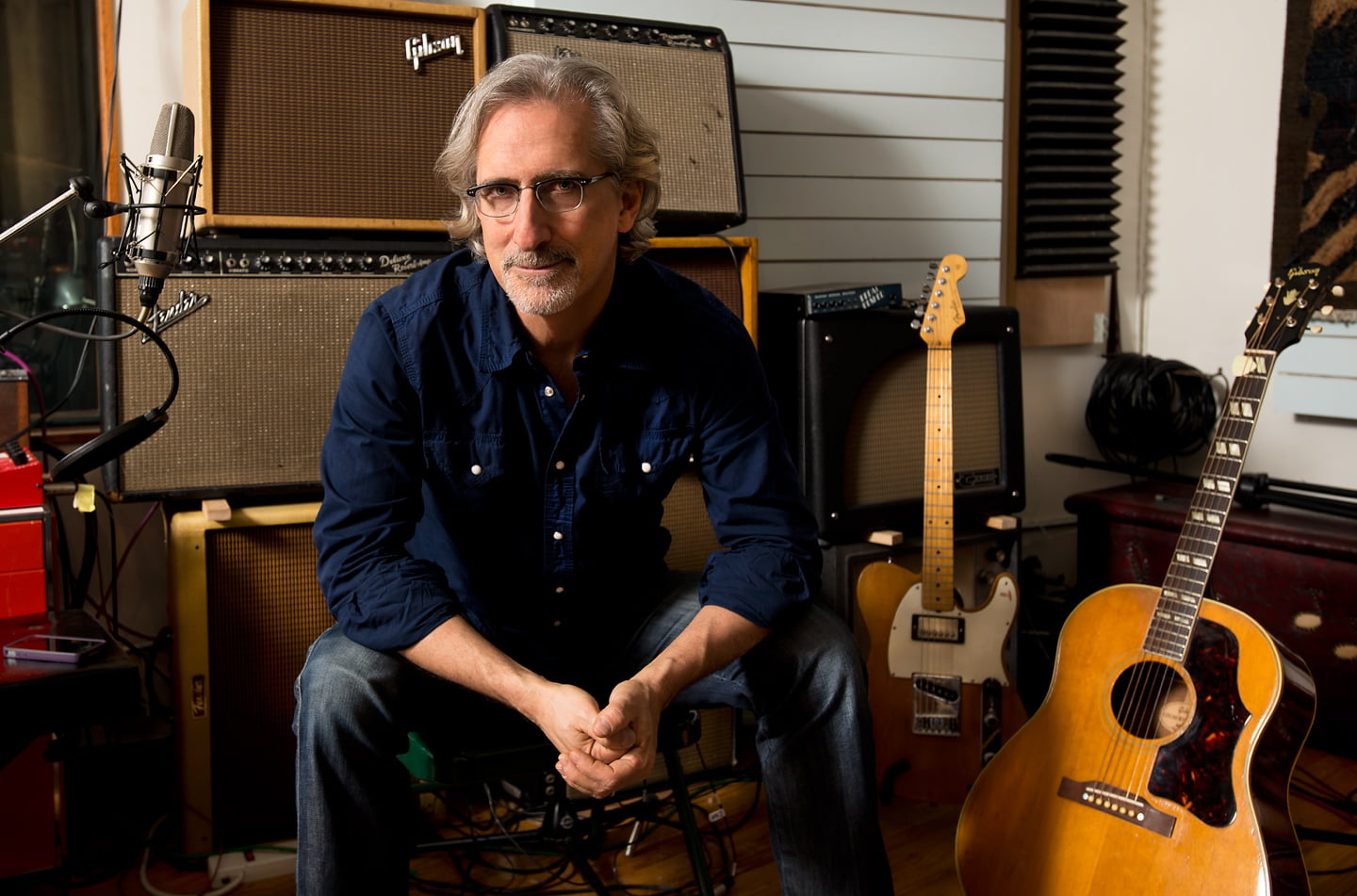
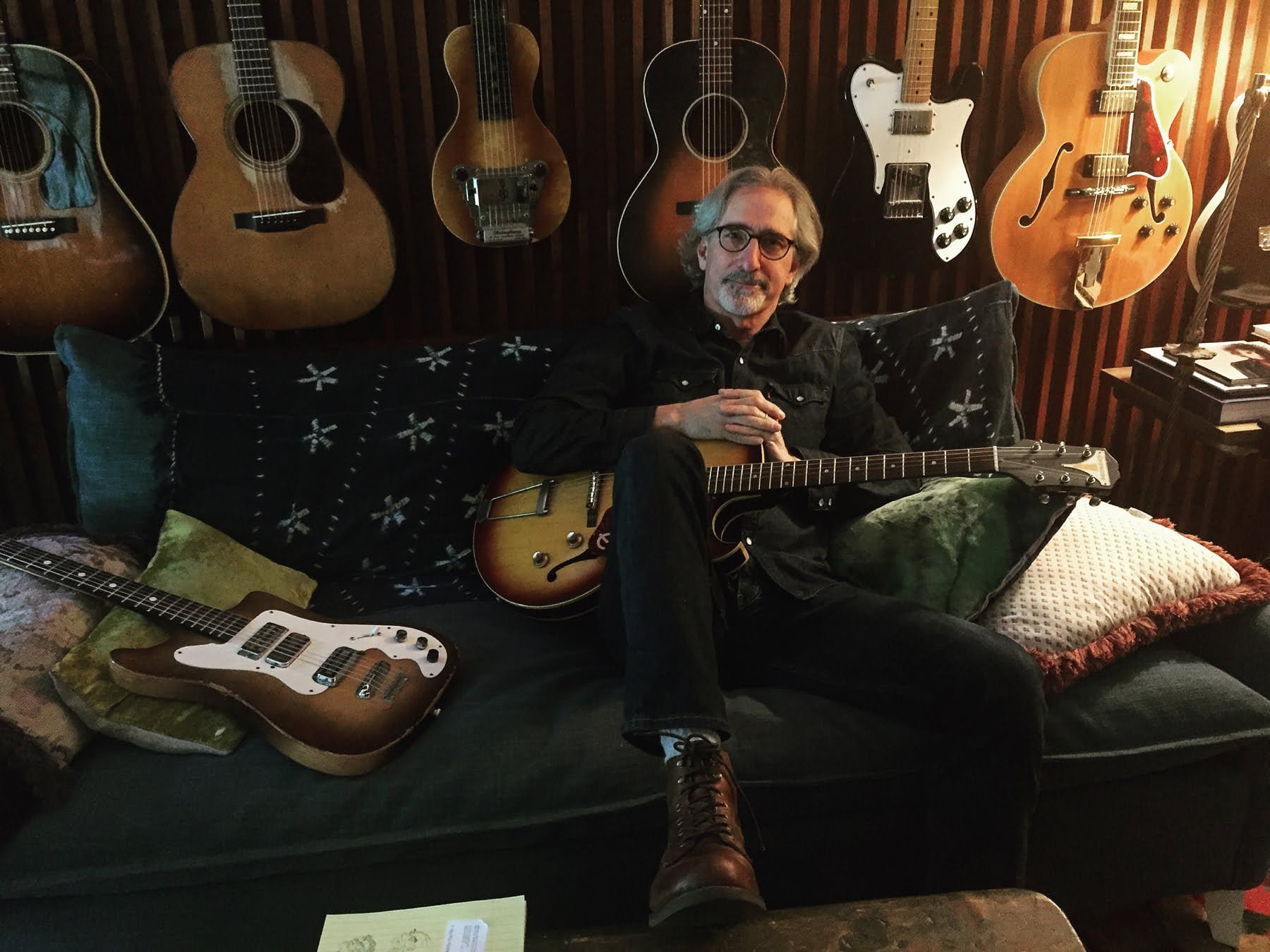 The role of the producer, especially in the roots world, is so nebulous that people can define it very differently. They can be hands-on or hands-off. They can play or they can find the right musicians to play. They can write songs or help others write songs.
The role of the producer, especially in the roots world, is so nebulous that people can define it very differently. They can be hands-on or hands-off. They can play or they can find the right musicians to play. They can write songs or help others write songs. 